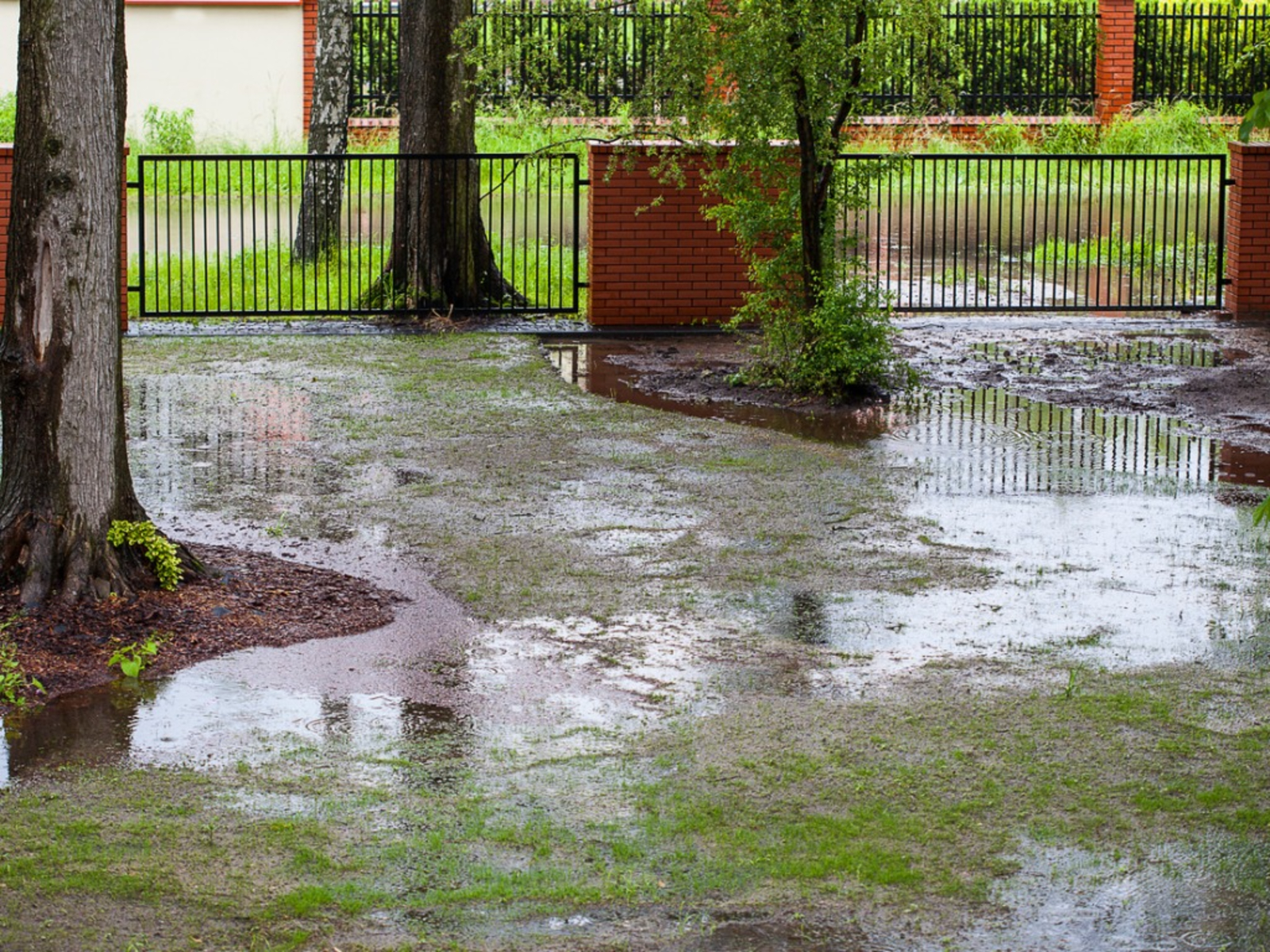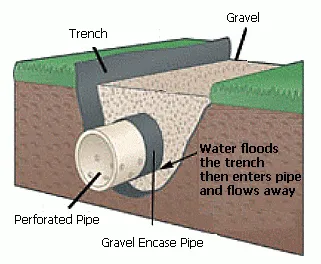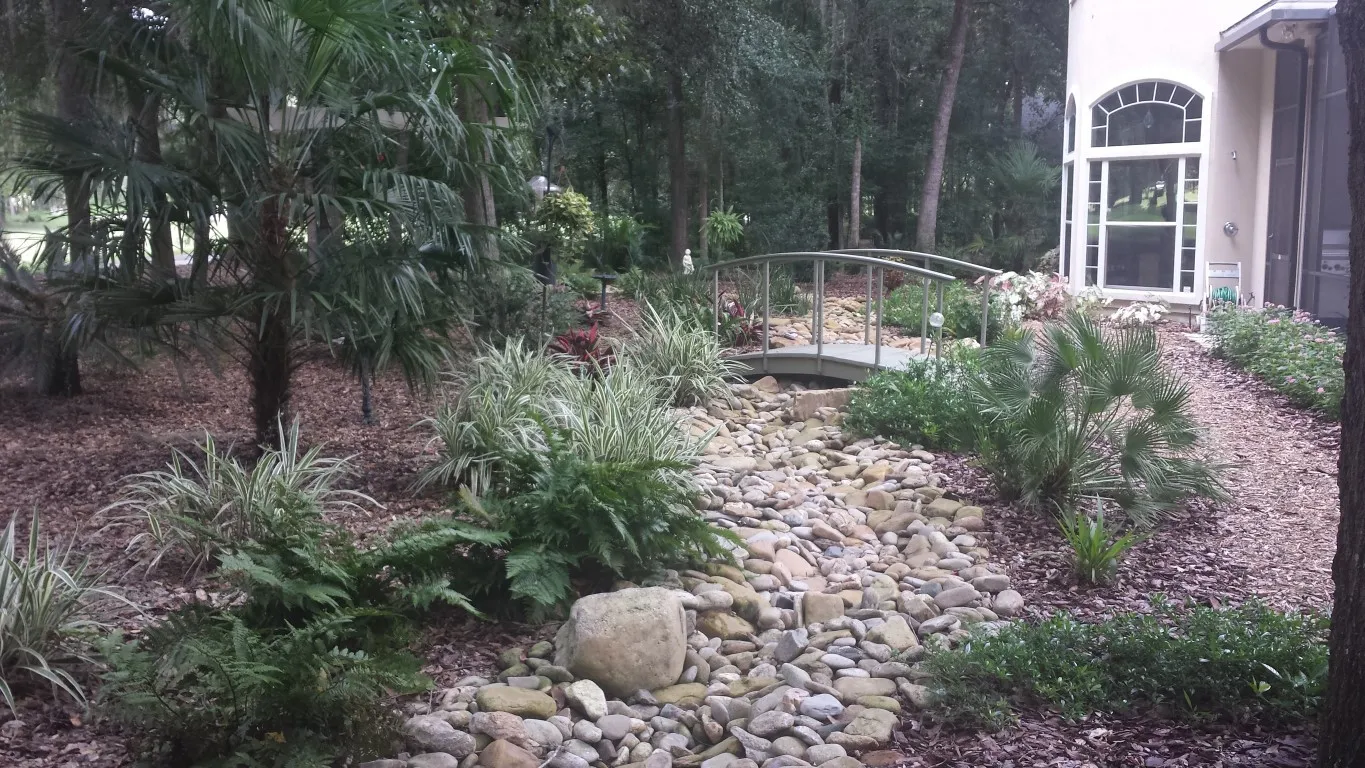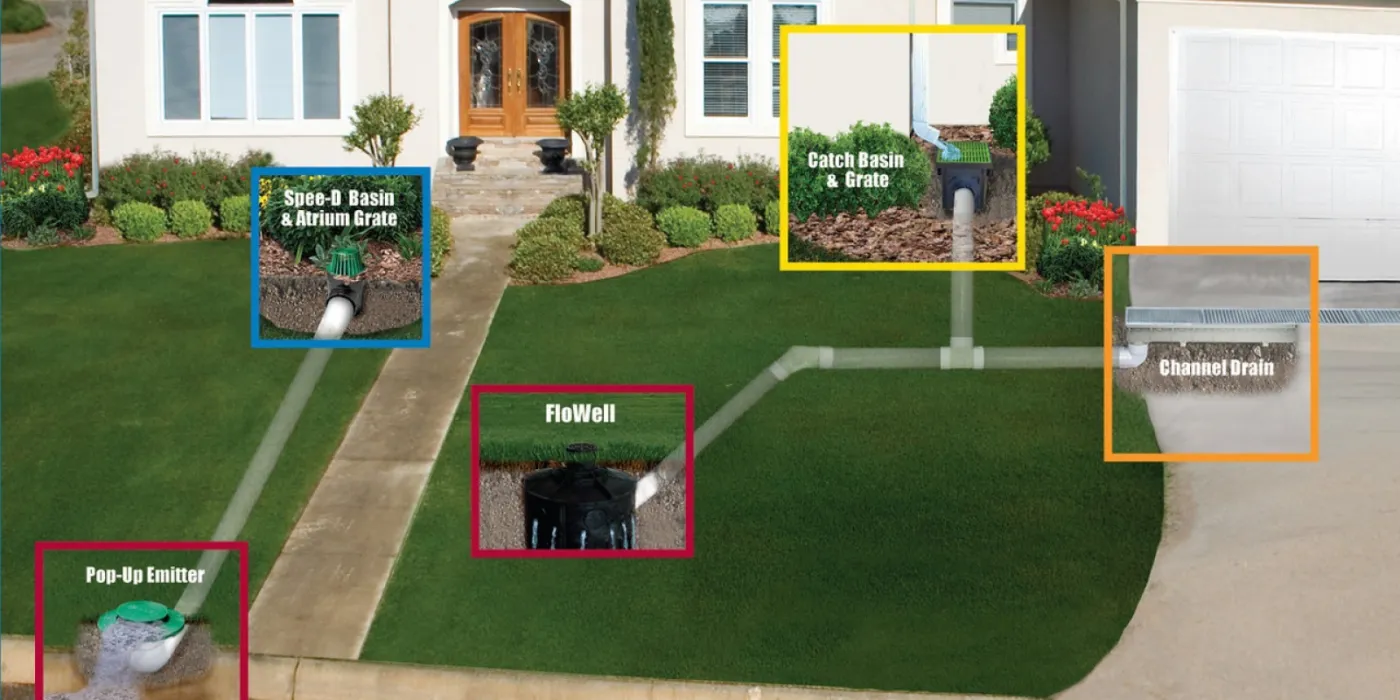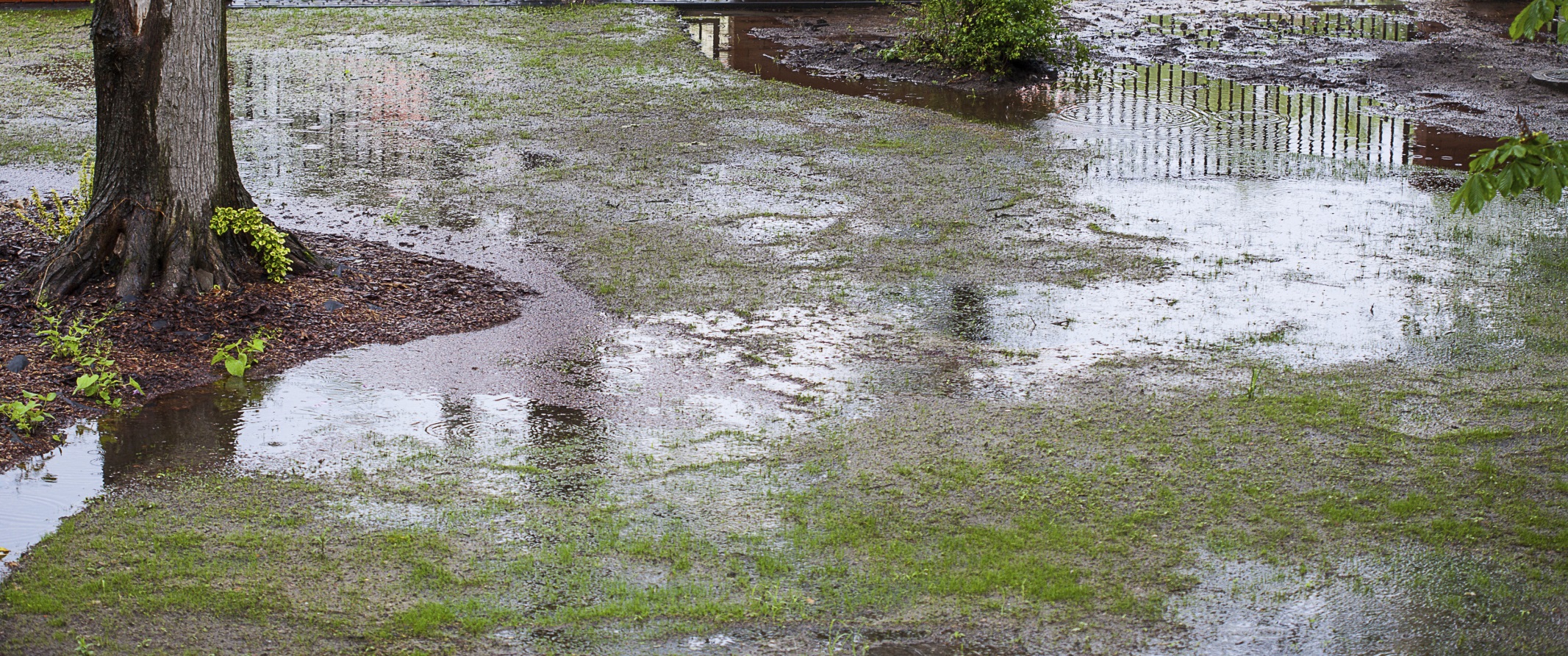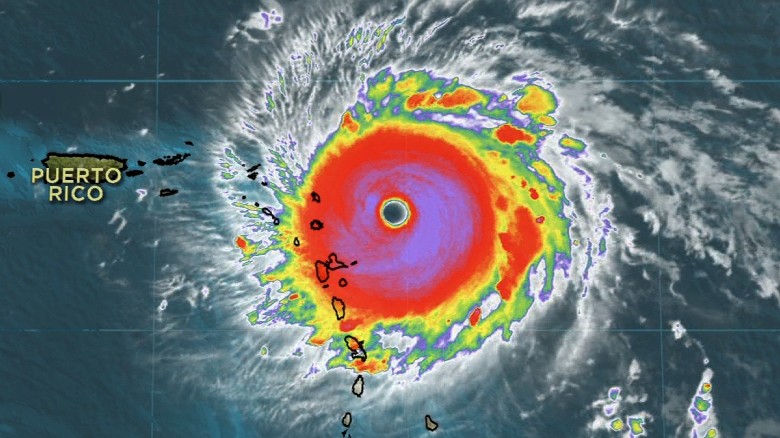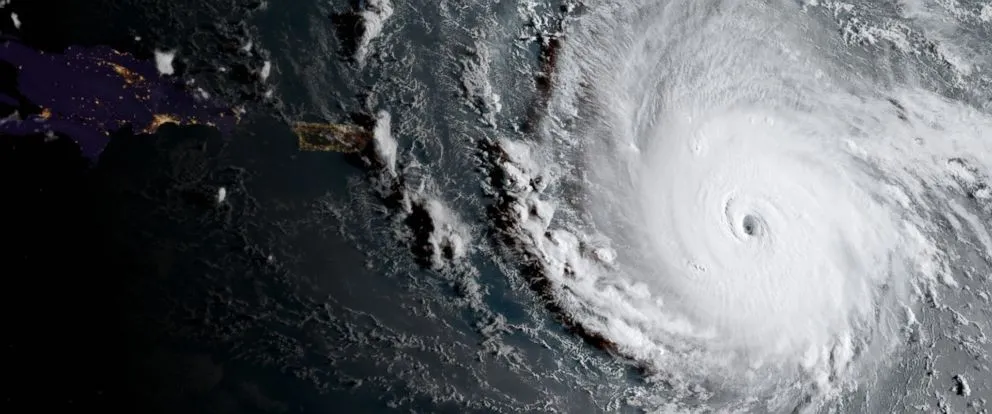Excess water in your outdoor spaces can quickly turn them into unusable, soggy areas, especially after heavy rainfall. Whether it’s persistent puddles near your patio or damp areas disrupting the flow of your landscape, professional drainage solutions provide an effective way to manage water issues. With professional drainage in Alachua, FL, experts can create a tailored system that keeps water under control, protecting your outdoor spaces and ensuring they remain functional and inviting.
Related: How Can an Irrigation System in Nocatee and Palm Valley, FL, Support Your Active Outdoor Lifestyle?
Identifying Areas That Need Drainage Solutions
Experienced drainage professionals begin by evaluating your outdoor spaces to pinpoint where water collects and why. Low-lying areas, compacted soil, or hardscaped surfaces without proper slope are often the main contributors. A thorough assessment considers the unique layout of your property, the placement of existing features like natural stone walkways, and the flow of water during and after heavy rainfall. This detailed approach ensures a solution designed specifically for your space.
Customized Drainage Solutions
When addressing drainage challenges, professionals tailor the approach to the specific needs of the area. French drains are a popular option for redirecting water underground. These systems use perforated pipes surrounded by gravel to collect water and channel it away from problem spots. For areas with paved surfaces, such as patios or driveways, channel drains offer an effective surface-level solution to capture and move water to a designated outlet. In spaces where aesthetics and functionality intersect, dry creek beds can manage water flow while integrating seamlessly with the surrounding landscape, using carefully placed natural stones to guide water where it needs to go.
Protecting Hardscaped Features
Without proper drainage, standing water can compromise the integrity of your hardscaped features, such as patios and natural stone walkways. Over time, water can erode the base layers beneath these surfaces, causing instability and unevenness. Professional drainage solutions eliminate these risks by ensuring water is directed away from these features, preserving their strength and appearance.
For areas with extensive hardscaping, permeable pavers provide an additional option to manage water effectively. These specially designed pavers allow water to pass through their surface and into the ground, reducing runoff and maintaining the durability of your paved spaces.
Supporting Healthy Plant Growth
Waterlogged soil can damage plant roots, preventing them from accessing the oxygen they need to thrive. When water doesn’t drain properly, plants struggle to grow, and the overall health of your outdoor space suffers. Drainage professionals install systems that regulate water flow, ensuring soil maintains the ideal moisture levels for plant growth. Techniques like grading and subsurface drainage allow plants to flourish, creating a balanced and vibrant landscape.
A well-designed drainage system ensures that plants and landscaping elements work together harmoniously. Natural stone accents, planting beds, and other features benefit from the careful management of water, resulting in a space that feels cohesive and well-maintained.
Planning for the Future
Professional drainage services take a forward-thinking approach to ensure lasting results. Experts not only address current water issues but also anticipate future needs, such as expanded outdoor spaces or increased rainfall. By integrating drainage systems with existing and planned features, they create a seamless solution that adapts over time.
Every step of the process, from excavation to the final installation, is handled with precision and care. This attention to detail ensures the drainage system functions effectively while blending naturally with the overall design of the space.
Preventing Long-Term Issues
Without proper drainage, water can cause a range of problems, from eroding soil around retaining walls to destabilizing paved areas. Small puddles may seem harmless but often signal larger underlying concerns that can worsen over time. Relying on professional expertise ensures these issues are addressed thoroughly, keeping your outdoor spaces functional and enjoyable.
With a professionally installed drainage system, your outdoor areas stay dry, organized, and ready to use, even after heavy rain. By managing water effectively, you preserve the beauty and usability of the space, ensuring every feature remains a source of enjoyment.

